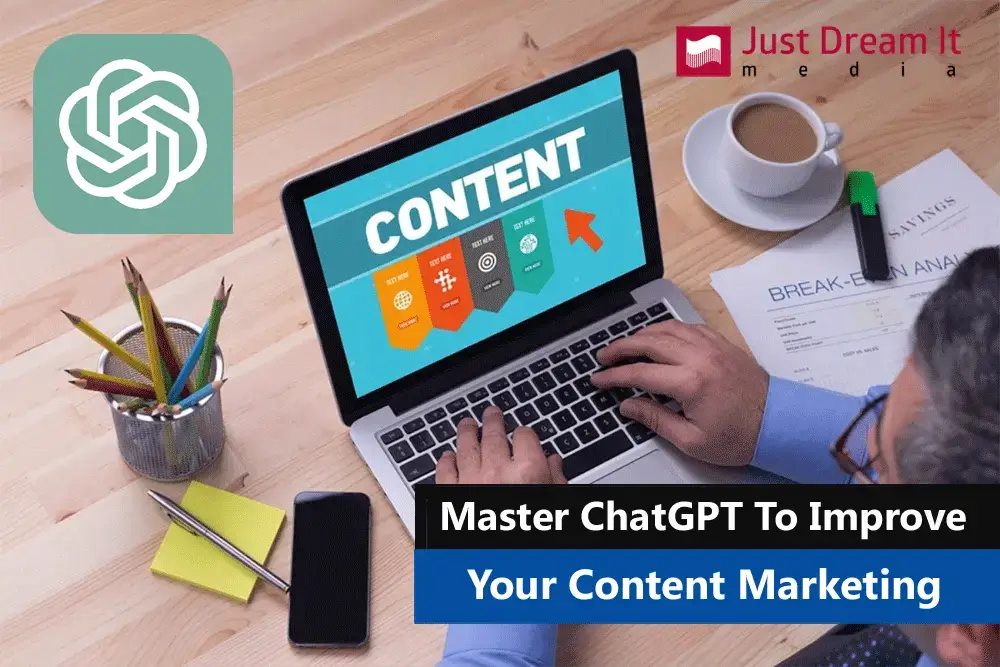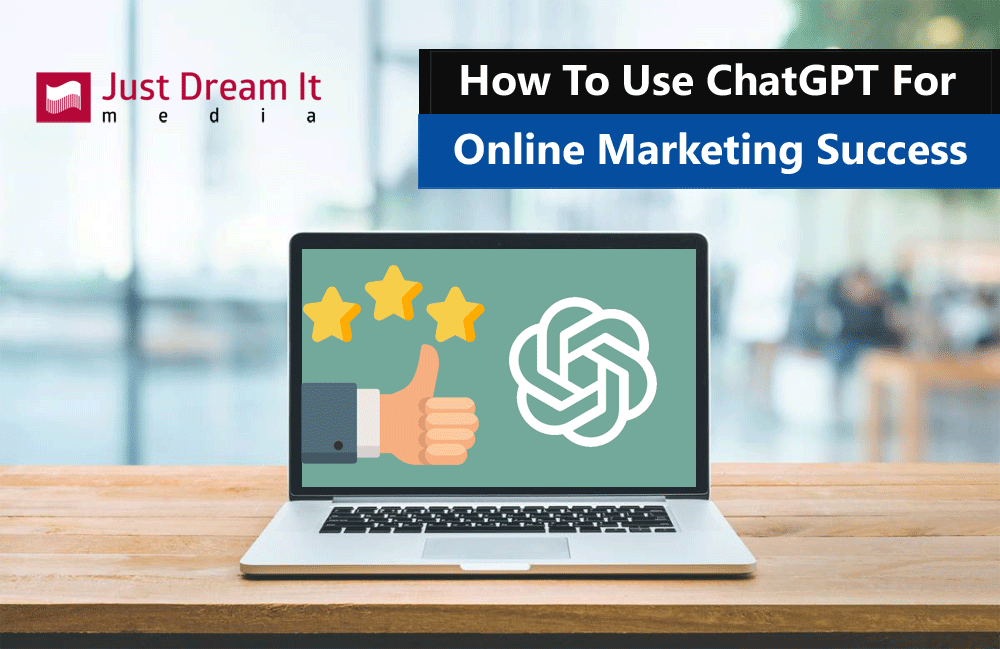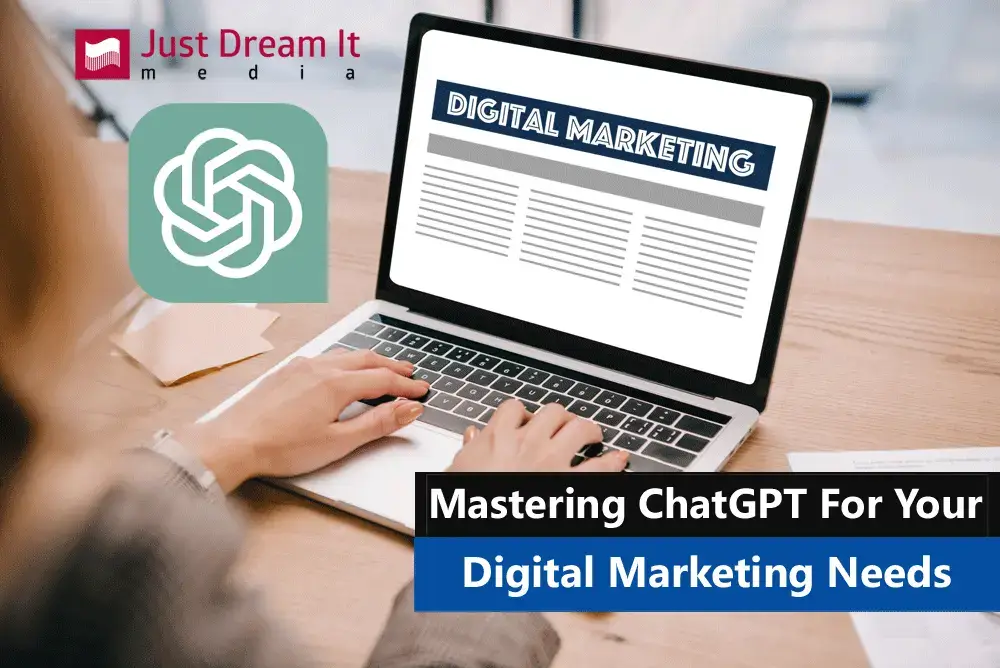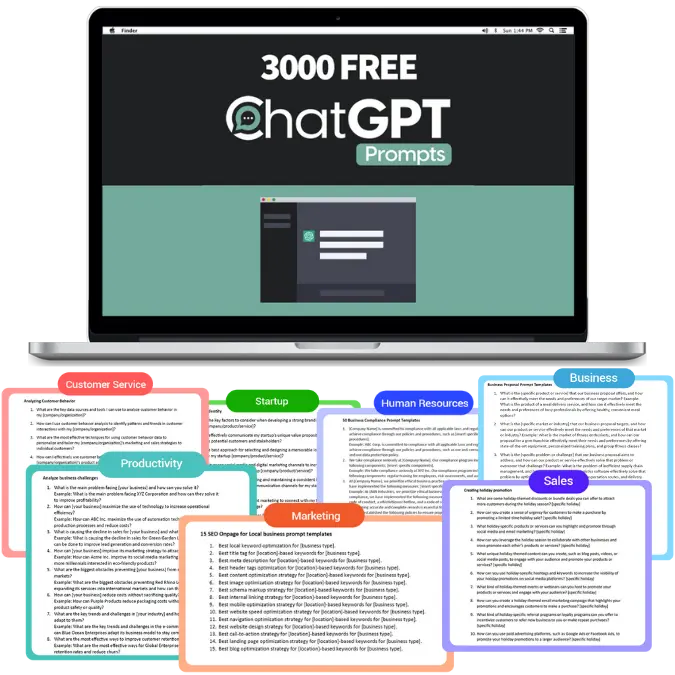Unlock the Power of ChatGPT: Transform Your Content Marketing Strategy
Introduction
The rise of AI in content marketing has revolutionized the way businesses create and distribute content. One of the most powerful tools available today is ChatGPT, an AI-driven content creation platform that can significantly improve your content marketing efforts. In this comprehensive guide, we’ll explore how you can harness ChatGPT to enhance your content marketing strategy, create engaging content, and stay ahead of the competition.

Understanding ChatGPT
What is ChatGPT?
ChatGPT is an advanced AI language model developed by OpenAI, based on the GPT-4 architecture. It can understand and generate human-like text, making it a valuable tool for content marketers. ChatGPT can create various content types, such as blog posts, social media captions, email campaigns, and ad copy, helping businesses streamline their content creation process and achieve better results.
How ChatGPT Works: GPT-4 Architecture
The GPT-4 architecture allows ChatGPT to generate text that is contextually relevant, coherent, and engaging. It does this by analyzing vast amounts of data and using complex algorithms to predict and generate the most suitable text based on the input provided. This makes it a versatile and powerful tool for content marketers looking to improve their content’s quality and efficiency.

Getting Started with ChatGPT
Setting up ChatGPT for Content Marketing
To start using ChatGPT for content marketing, you’ll first need to create an account with OpenAI and obtain an API key. This will grant you access to the platform and allow you to integrate ChatGPT into your content creation workflow. Once you have your API key, you can start exploring the many features and capabilities of ChatGPT.
Creating a ChatGPT Account and API Key
- Visit the OpenAI website and sign up for an account.
- Choose the appropriate subscription plan based on your needs.
- After signing up, navigate to the API section and generate your API key.
With your account and API key set up, you’re now ready to start harnessing the power of ChatGPT for your content marketing efforts.

Harnessing ChatGPT’s Capabilities
Fine-Tuning ChatGPT to Meet Your Needs
One of the key advantages of using ChatGPT for content creation is its ability to be fine-tuned to meet your specific needs. By adjusting parameters such as temperature (creativity) and max tokens (length of generated text), you can control the output and ensure that it aligns with your content marketing objectives.
For example, if you’re aiming to create an informative blog post, you might set the temperature to a lower value (e.g., 0.7) to generate more focused and factual content. On the other hand, if you’re looking for creative ad copy, you could increase the temperature (e.g., 1.0) to encourage more imaginative output.
Exploring the Various Content Types ChatGPT Can Create
ChatGPT’s versatility means it can generate a wide range of content types to support your marketing efforts. Some examples include:
Blog Posts
ChatGPT can help you create well-structured, engaging, and informative blog posts that resonate with your target audience. Provide a topic or a brief outline, and ChatGPT can generate the content, saving you time and effort.
Real-life example:
Input: “Write a blog post about the benefits of AI in content marketing.
Output: ChatGPT generates a full-length blog post discussing the advantages of incorporating AI in content marketing, such as improved efficiency, personalized content, and better audience targeting.

Social Media Captions
Crafting the perfect caption for your social media posts can be challenging , but ChatGPT can make the process much easier. Simply provide some context or an image description, and ChatGPT will generate a catchy and engaging caption to accompany your post.
Real-life example:
Input: “Create a caption for an Instagram post featuring a new product launch.”
Output: ChatGPT generates a caption like, “Introducing our latest innovation 🚀 Get ready to elevate your game with the ultimate (product name)! 💥 #NewProduct #GameChanger”
Email Campaigns
Email marketing is a critical component of any content marketing strategy. ChatGPT can help you craft compelling subject lines, email copy, and calls-to-action to increase your open rates, click-through rates, and conversions.
Real-life example:
Input: “Write an email promoting a limited-time offer for a skincare product.”
Output: ChatGPT generates an email with a captivating subject line and engaging body copy, highlighting the benefits of the skincare product, the urgency of the limited-time offer, and a clear call-to-action to encourage readers to make a purchase.
Ad Copy
Writing persuasive ad copy can be time-consuming and challenging. With ChatGPT, you can generate creative and compelling ad copy that captures your audience’s attention and drives them to take action.
Real-life example:
Input: “Create a Google Ads headline for a language learning app.”
Output: ChatGPT generates an attention-grabbing headline like, “Learn a New Language in 30 Days 🌍 Try Our Award-Winning App Today!”

Developing a Content Strategy with ChatGPT
Defining Your Target Audience
Before diving into content creation with ChatGPT, it’s essential to define your target audience. Knowing your audience’s demographics, interests, and pain points will help you generate content that resonates with them and addresses their needs.
For example, if your target audience is millennials interested in sustainable fashion, you can instruct ChatGPT to generate content focused on eco-friendly materials, ethical manufacturing processes, and the latest sustainable fashion trends.
Establishing Content Themes and Objectives
Once you’ve defined your target audience, it’s crucial to establish content themes and objectives that align with your marketing goals. This can include driving brand awareness, generating leads, increasing sales, or improving customer engagement.
For example, if your primary objective is to generate leads for a software company, you might focus on creating content related to the benefits of your software, industry trends, and case studies showcasing the success of your clients.
Identifying Keywords and Phrases
To make the most of your ChatGPT-generated content, it’s important to incorporate relevant keywords and phrases to improve your SEO and SEM performance. Use keyword research tools to identify high search volume and low competition keywords related to your content themes and objectives.
For instance, if you’re writing a blog post about sustainable fashion, you might include long-tail keywords like “eco-friendly clothing brands,” “sustainable fashion trends,” and “ethical clothing materials.”
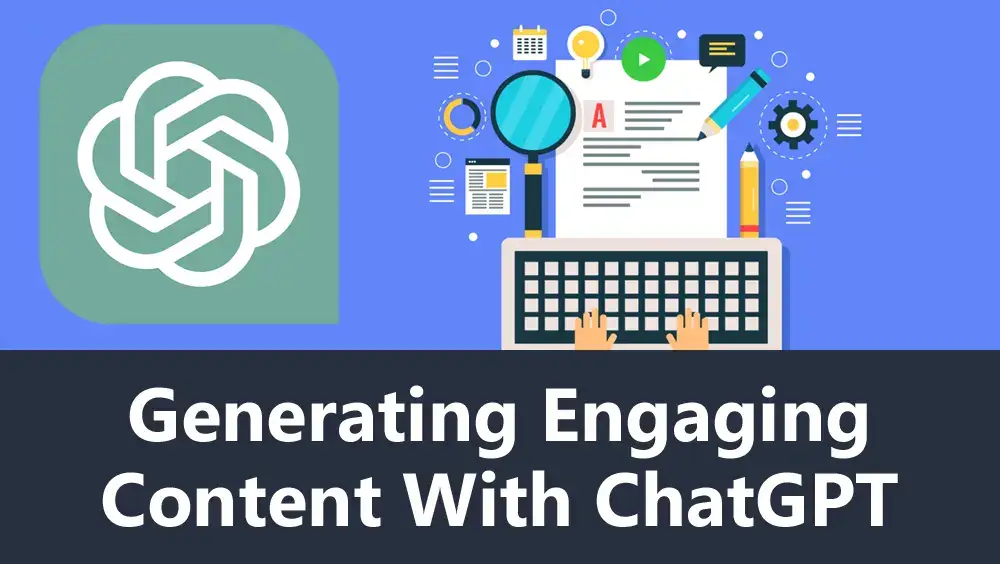
Generating Engaging Content with ChatGPT
Crafting Attention-Grabbing Headlines
The headline is often the first thing your audience sees and plays a crucial role in capturing their attention. ChatGPT can help you generate captivating headlines that pique your audience’s interest and entice them to read further.
Real-life example:
Input: “Generate a blog post headline about the benefits of sustainable fashion.”
Output: “Sustainable Fashion: How Going Green Can Revamp Your Wardrobe and Save the Planet”
Enhancing Readability and Flow
ChatGPT-generated content is typically well-structured and coherent. However, it’s essential to review and edit the content to ensure readability, flow, and consistency. This might involve breaking up long paragraphs, adding subheadings, or using bullet points and lists to make the content more scannable and reader-friendly.
Ensuring Consistent Brand Voice and Tone
While ChatGPT is excellent at generating content, it’s essential to ensure that the content aligns with your brand’s voice and tone. Review and edit the AI-generated content to maintain consistency across your marketing channels, and make sure it resonates with your target audience.
Real-life example:
Input: “Generate a social media caption for an eco-friendly clothing brand with a playful and friendly brand voice.
Output: ChatGPT generates a caption like, “🌿 Dress to impress, and Mother Earth will thank you! 💚 Discover our latest eco-friendly collection today! 🌎 #SustainableFashion #EcoChic”
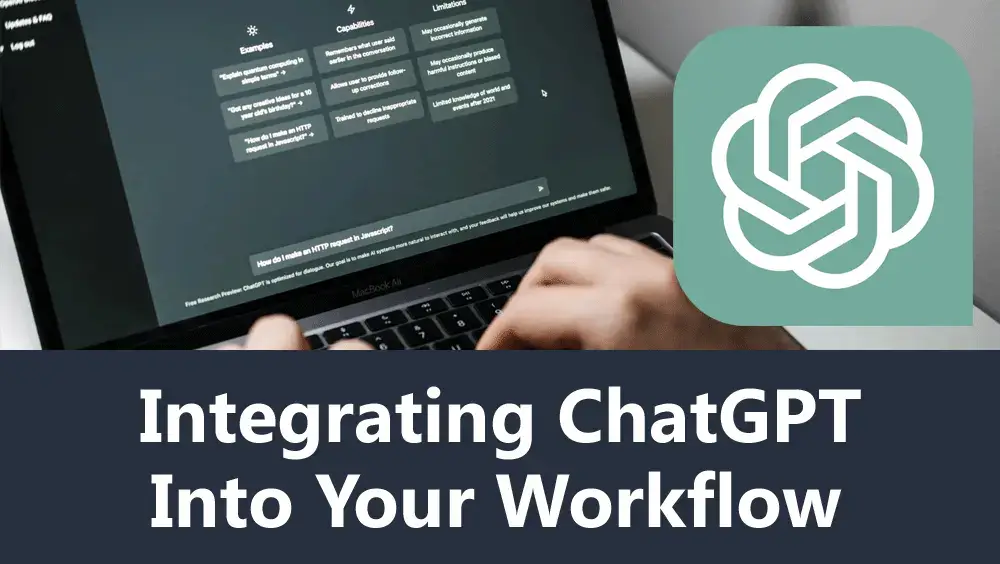
Integrating ChatGPT into Your Workflow
Collaborating with ChatGPT: Human-AI Synergy
The most effective approach to using ChatGPT in your content marketing strategy is through a collaborative effort between human and AI. Use ChatGPT as a starting point to generate ideas and content drafts, and then have your content team review, edit, and refine the output to ensure it aligns with your brand and marketing objectives.
Implementing ChatGPT in Content Management Systems
Many content management systems (CMS) and marketing platforms offer integration with ChatGPT, making it easier to incorporate AI-generated content into your existing workflow. Look for plugins or extensions that support ChatGPT, or use API integration to connect your CMS to the ChatGPT platform.
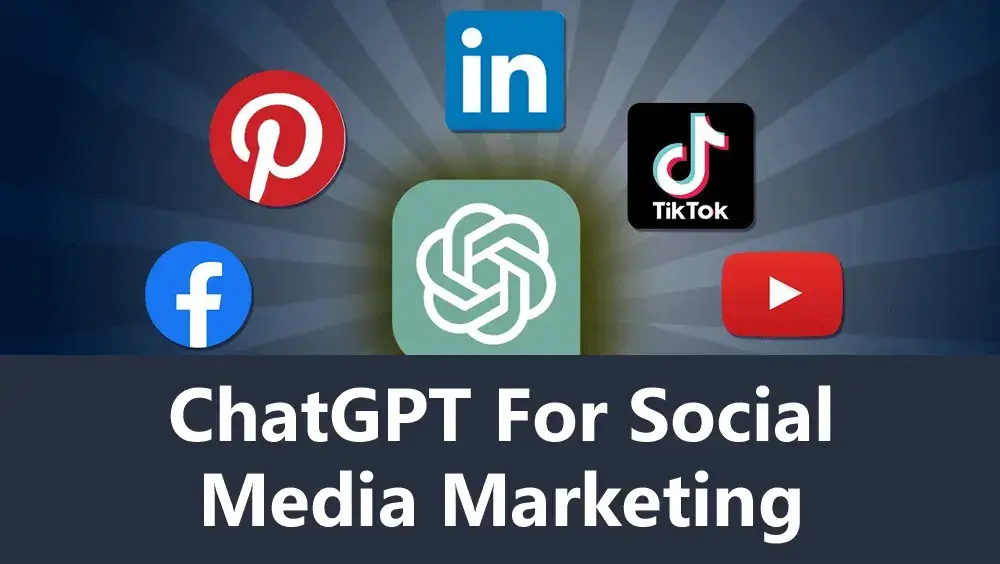
ChatGPT for Social Media Marketing
Creating Platform-Specific Content
Different social media platforms have unique requirements and user preferences. ChatGPT can help you create platform-specific content by tailoring the format, tone, and style to match each platform’s audience and best practices.
Real-life example:
Input: “Create a LinkedIn post promoting a new blog article on AI in content marketing.”
Output: ChatGPT generates a professional and informative post, including a brief summary of the article, a link to the blog, and relevant hashtags.
Optimizing Posting Frequency and Timing with ChatGPT
Use ChatGPT to analyze your social media data and identify optimal posting times and frequencies for each platform. This can help you maximize engagement, reach, and conversions.
Real-life example:
Input: “Analyze the best times to post on Instagram for a fashion brand based on audience engagement.”
Output: ChatGPT provides data-driven recommendations on the most effective posting times, such as weekdays between 6 PM and 9 PM.
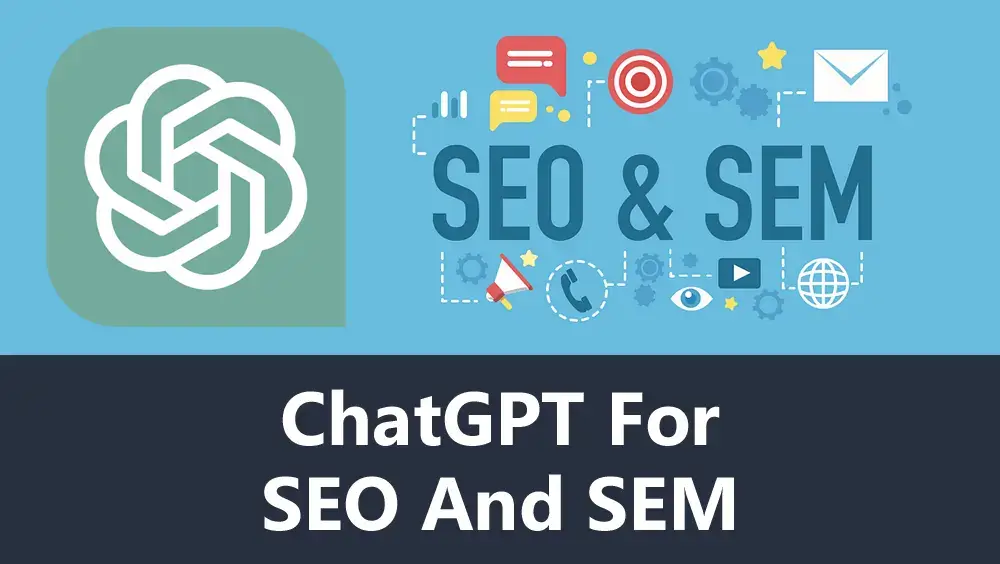
ChatGPT for SEO and SEM
Optimizing Content for Search Engines
ChatGPT can help you create SEO-friendly content by incorporating relevant keywords and phrases, optimizing meta tags, and ensuring that your content is informative and valuable to your audience.
Real-life example:
Input: “Write an SEO-optimized blog post about sustainable fashion trends.”
Output: ChatGPT generates a blog post that includes relevant long-tail keywords, an optimized title and meta description, and valuable information for the target audience.
Boosting Ad Performance with AI-Generated Copy
Improve your ad performance by using ChatGPT to generate creative, engaging, and persuasive ad copy that encourages your audience to take action.
Real-life example:
Input: “Create a Facebook ad headline for an online course on digital marketing.”
Output: ChatGPT generates a headline like, “Unlock the Secrets of Digital Marketing Success 📈 Join Our Online Course Today!
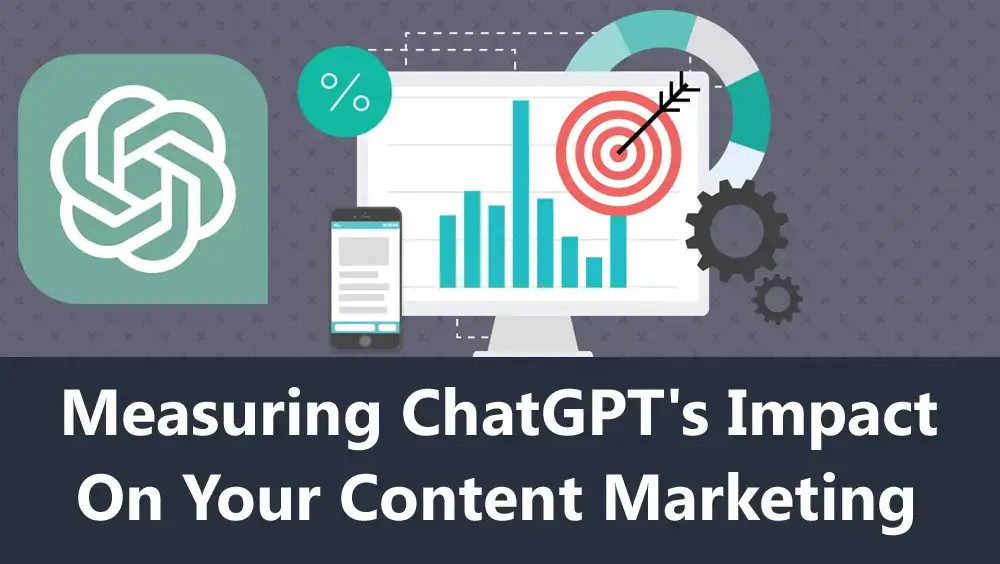
Measuring ChatGPT’s Impact on Your Content Marketing
Tracking Key Performance Indicators (KPIs)
To measure the effectiveness of ChatGPT in your content marketing strategy, track relevant KPIs such as website traffic, social media engagement, email open and click-through rates, and conversion rates. This will help you understand the impact of AI-generated content on your marketing efforts and identify areas for improvement.
A/B Testing with ChatGPT
To optimize your content marketing efforts, use ChatGPT to generate multiple variations of your content and conduct A/B testing. This can help you identify the most effective headlines, ad copy, email subject lines, and other content elements.
Real-life example:
Input: “Generate two email subject lines for an email promoting a limited-time offer.”
Output: ChatGPT generates two subject lines, such as “⏰ Last Chance: Exclusive Offer Ends Tonight!” and “Don’t Miss Out: Our Limited-Time Offer is Almost Over!”
You can then test both subject lines to determine which one results in higher open rates.
By leveraging ChatGPT’s capabilities, content marketers can significantly improve their content marketing strategies. From generating engaging content to optimizing SEO and SEM efforts, ChatGPT offers a versatile and powerful tool for businesses looking to stay ahead of the competition.
Remember to always prioritize quality, informative content that adds value to your readers, and use ChatGPT as a collaborative tool to enhance your content marketing efforts. By doing so, you can unlock the full potential of AI-generated content and transform your content marketing strategy.
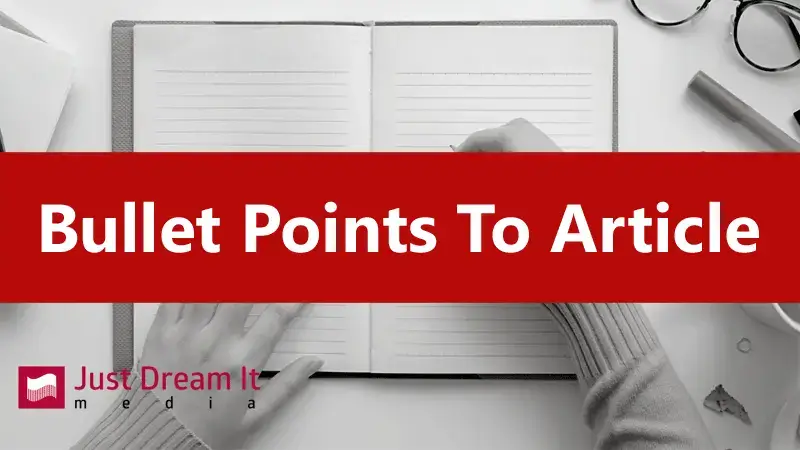
Starting with the basics, let’s explore the main points of the article, “Unlock the Power of ChatGPT: Transform Your Content Marketing Strategy”:
1. Introduction: The article introduces ChatGPT, a powerful AI-driven content creation platform, and its potential to enhance content marketing strategies.
2. Understanding ChatGPT: This section explains what ChatGPT is and how it works, providing an overview of the GPT-4 architecture that powers it.
3. Getting Started with ChatGPT: The reader learns how to set up a ChatGPT account and obtain an API key to access the platform’s features.
4. Harnessing ChatGPT’s Capabilities: The article discusses how to fine-tune ChatGPT to meet specific needs and explores various content types that the platform can create.
5. Developing a Content Strategy with ChatGPT: This section outlines the process of defining a target audience, establishing content themes and objectives, and identifying relevant keywords and phrases to optimize content.
6. Generating Engaging Content with ChatGPT: The article explains how to craft attention-grabbing headlines, enhance readability and flow, and maintain a consistent brand voice and tone when using ChatGPT-generated content.
7. Integrating ChatGPT into Your Workflow: The importance of collaboration between human and AI is emphasized, and the process of integrating ChatGPT into existing content management systems is explained.
8. ChatGPT for Social Media Marketing: The article explores the creation of platform-specific content and optimizing posting frequency and timing using ChatGPT.
9. ChatGPT for SEO and SEM: The reader learns how to optimize content for search engines and boost ad performance with AI-generated copy.
10. Measuring ChatGPT’s Impact on Your Content Marketing: This section discusses tracking key performance indicators (KPIs) and conducting A/B testing with ChatGPT to optimize content marketing efforts.

Action Plan: Master ChatGPT to Improve Your Content Marketing
1. Get started with ChatGPT: Sign up for a ChatGPT account and obtain an API key to access the platform’s features.
2. Understand ChatGPT’s capabilities: Familiarize yourself with the different content types that ChatGPT can generate, such as blog posts, social media captions, email campaigns, and ad copy.
3. Define your target audience: Identify the demographics, interests, and pain points of your audience to ensure that the AI-generated content resonates with them and addresses their needs.
4. Establish content themes and objectives: Align your content themes and objectives with your marketing goals, such as driving brand awareness, generating leads, increasing sales, or improving customer engagement.
5. Identify relevant keywords and phrases: Conduct keyword research to find high search volume and low competition keywords related to your content themes and objectives to optimize your content for SEO and SEM.
6. Generate engaging content with ChatGPT: Use ChatGPT to create captivating headlines, enhance readability and flow, and ensure a consistent brand voice and tone for your content.
7. Integrate ChatGPT into your workflow: Collaborate with ChatGPT to generate ideas and content drafts, and have your content team review, edit, and refine the output. Explore integration options with your content management system (CMS) or marketing platform.
8. Create platform-specific content for social media: Tailor your content to match the format, tone, and style of each social media platform to maximize engagement and reach.
9. Optimize posting frequency and timing: Analyze your social media data using ChatGPT to identify the best posting times and frequencies for each platform.
10. Optimize content for search engines: Utilize ChatGPT to create SEO-friendly content by incorporating relevant keywords and phrases, optimizing meta tags, and providing valuable information to your audience.
11. Boost ad performance: Improve your ad performance by generating creative, engaging, and persuasive ad copy using ChatGPT.
12. Measure ChatGPT’s impact: Track relevant KPIs, such as website traffic, social media engagement, email open and click-through rates, and conversion rates, to evaluate the effectiveness of ChatGPT in your content marketing strategy.
13. Conduct A/B testing: Use ChatGPT to generate multiple variations of your content and conduct A/B testing to identify the most effective headlines, ad copy, email subject lines, and other content elements.
By following this action plan, you can unlock the full potential of ChatGPT and transform your content marketing strategy.

Starting with the basics, let’s explore 10 great frequently asked questions about using ChatGPT in content marketing:
1. What is ChatGPT, and how does it work?
Answer: ChatGPT is an AI-driven content generation platform powered by the GPT-4 architecture. It uses machine learning algorithms to generate human-like text based on the input provided, making it a valuable tool for creating various types of content in content marketing.
2. Can ChatGPT replace human content creators?
Answer: ChatGPT should not be viewed as a replacement for human content creators but as a collaborative tool that enhances content marketing efforts. Combining human expertise with AI-generated content can lead to more efficient, high-quality, and engaging content.
3. How can ChatGPT improve my content marketing strategy?
Answer: ChatGPT can help create engaging, SEO-optimized content, generate platform-specific social media content, optimize posting frequency and timing, and improve ad performance, ultimately boosting your content marketing effectiveness and efficiency.
4. Is ChatGPT suitable for all industries and niches?
Answer: ChatGPT is versatile and can generate content for a wide range of industries and niches. However, it’s essential to review and edit the AI-generated content to ensure it meets industry-specific standards, regulations, and best practices.
5. What are the limitations of ChatGPT?
Answer: ChatGPT may occasionally generate content that is repetitive, off-topic, or inconsistent with your brand voice. It’s crucial to review and edit AI-generated content to ensure it aligns with your content marketing objectives and target audience.
6. How do I integrate ChatGPT into my existing workflow?
Answer: Many content management systems (CMS) and marketing platforms offer integration with ChatGPT. Look for plugins or extensions that support ChatGPT or use API integration to connect your CMS to the ChatGPT platform.
7. Is it ethical to use AI-generated content?
Answer: As long as AI-generated content is used responsibly, transparently, and in a way that adds value to your audience, it can be considered ethical. Always prioritize high-quality, informative content and avoid misleading or manipulative practices.
8. How can I ensure the content generated by ChatGPT aligns with my brand voice?
Answer: Review and edit the AI-generated content to maintain consistency across your marketing channels and ensure it resonates with your target audience. Fine-tune your inputs to ChatGPT to achieve better alignment with your desired brand voice and tone.
9. How can ChatGPT help with SEO and SEM efforts?
Answer: ChatGPT can create SEO-friendly content by incorporating relevant keywords and phrases, optimizing meta tags, and providing valuable information for your audience. Additionally, it can help generate creative and persuasive ad copy to improve your ad performance.
10. How do I measure the impact of ChatGPT on my content marketing?
Answer: Track relevant key performance indicators (KPIs) such as website traffic, social media engagement, email open and click-through rates, and conversion rates to evaluate ChatGPT’s effectiveness in your content marketing strategy. Conduct A/B testing with ChatGPT-generated content to optimize your efforts further.
Conclusion
In summary, ChatGPT is an innovative and powerful AI-driven content creation platform that can revolutionize your content marketing strategy. By leveraging ChatGPT’s capabilities, you can generate engaging content, optimize your SEO and SEM efforts, create platform-specific social media content, and boost ad performance. It’s crucial to remember that ChatGPT should not replace human content creators, but rather serve as a collaborative tool to enhance your marketing efforts.
In conclusion, to unlock the full potential of ChatGPT and transform your content marketing strategy, it’s essential to prioritize high-quality, informative content that adds value to your readers. Take action now by integrating ChatGPT into your content marketing workflow, refining your content strategy, and tracking the impact of AI-generated content on your marketing performance. By doing so, you can stay ahead of the competition and achieve better results in your content marketing campaigns.

